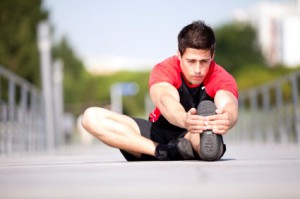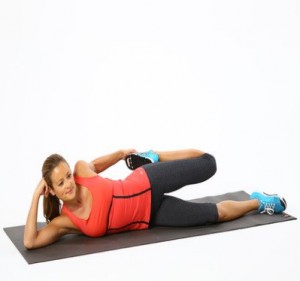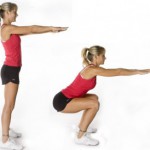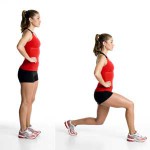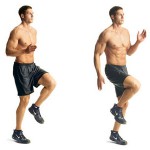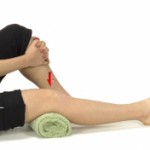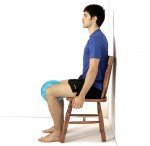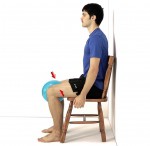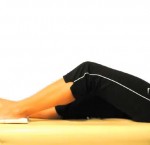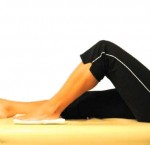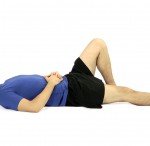By Garrett Dunagan
What is static stretching?
Static stretching involves stretching muscles while the body is at rest. It is considered the most common used method to increase flexibility. It consists of slow movements into positions that cause slight to moderate discomfort (peak tension), and holding the position anywhere from 10 to 30 seconds. Static stretching has been largely used as a warm-up or pre warm-up for exercise. Research however has shown that while static stretching will still prepare you for exercise, it decreases the muscles ability to fire off, and promotes instability in the joints which can increase risk of injury during exercise. Static stretching routines should always take place post-workout. This is because the body’s tension receptors are less sensitive allowing the muscles to be more relaxed, and stretched to further lengths.
Benefits of static stretching (Post exercise)
Static stretches tend to be very simple and can be used for almost everyone. It allows you to target muscles that may need more stretching than others. It can be peaceful and decrease levels of stress and tension. It’s probably the best way overall to increase flexibility which leads to lower risk of injury, larger range of motion (ROM), and increase performance of daily activity skills.
Post-workout static stretches:
Lower Body
-Hamstring stretch (10-30 seconds for each leg); see picture 1 below
-Butterfly Groin stretch (10-25 seconds *keep your heels close to your body); see picture 2 below
-Lying Quadriceps stretch (10-30 seconds for each leg); see picture 3 below
-Lying Hip stretch (10-25 seconds *this is a very important stretch for men)
-Calf stretch (10-30 seconds for each leg)
Upper Body
-Shoulder stretch (10-30 seconds for each arm *this does not stretch the lateral or anterior parts of the shoulder)
-Triceps stretch (10-30 seconds for each arm); see picture 4 below
-Side bends (10-30 seconds *make sure to stretch both sides)
-Neck rotations (10-20 seconds); see picture 5 below
-Forward Neck flexion stretch (10-20 seconds)
